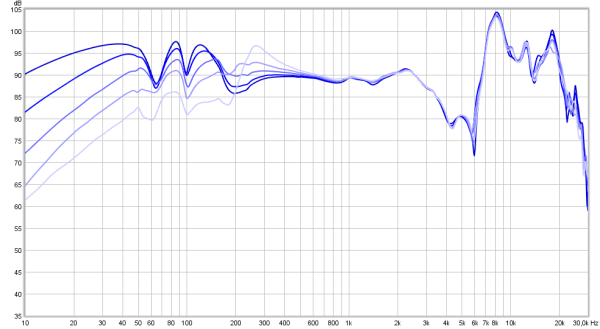solderdude
Grand Contributor
All this would show was that EQing a song will be audible, which nobody is disputing. The specific issue is if the higher frequency dips in the Caldera are caused by driver/cavity modes (Amir suggested this), how much of that is audible due to psychoacoustic filtering, which we know happens for room modes at higher frequencies. The only way to test that would be with an EQ on the Caldera itself.
Of course you can do the exact same procedure with EQ that corrects the response of the Caldera to that particular fixture and use a Caldera.
Unfortunately only owners can do this and they might not be interested in such tests and would rather spend their time listening to some music instead.
Given the difference in response it clearly has to do with the pads. Materials, leakage, thickness, foam, angle, interactions with the fixture, driver issues they all come together.
It appears as Dan and Hifiman have less difficulties getting good performance in that part of the frequency range and at least one of Zach's pads seems to perform better in that part of the frequency range. One can theorize all one wants what is the cause but it would have to be investigated.
The thing is... when ZMF customers do not complain and Zach is happy with this result (after 6 years) than its fine and it is what it is.
No one is forced to buy it and everyone can have an opinion about it.





